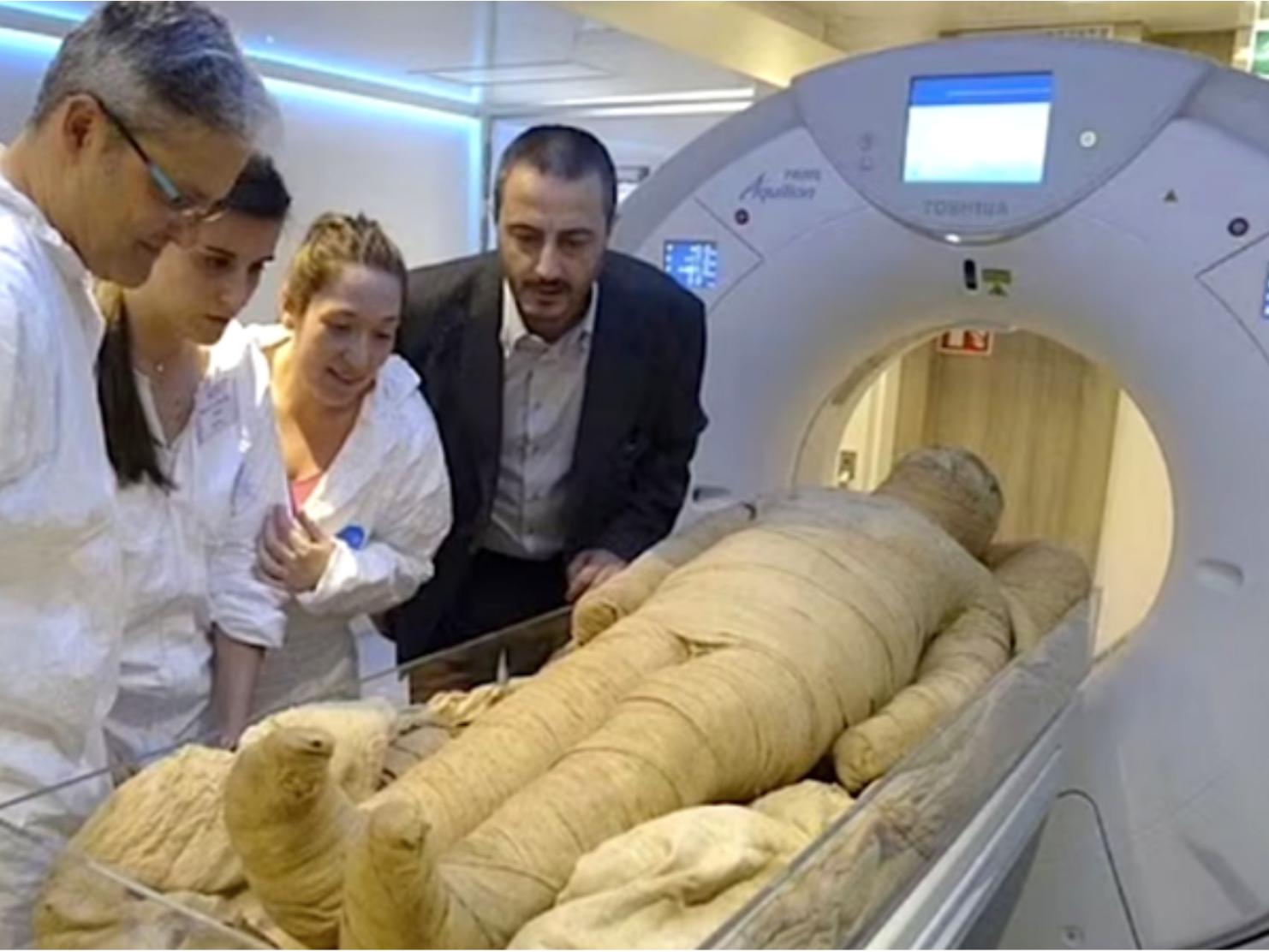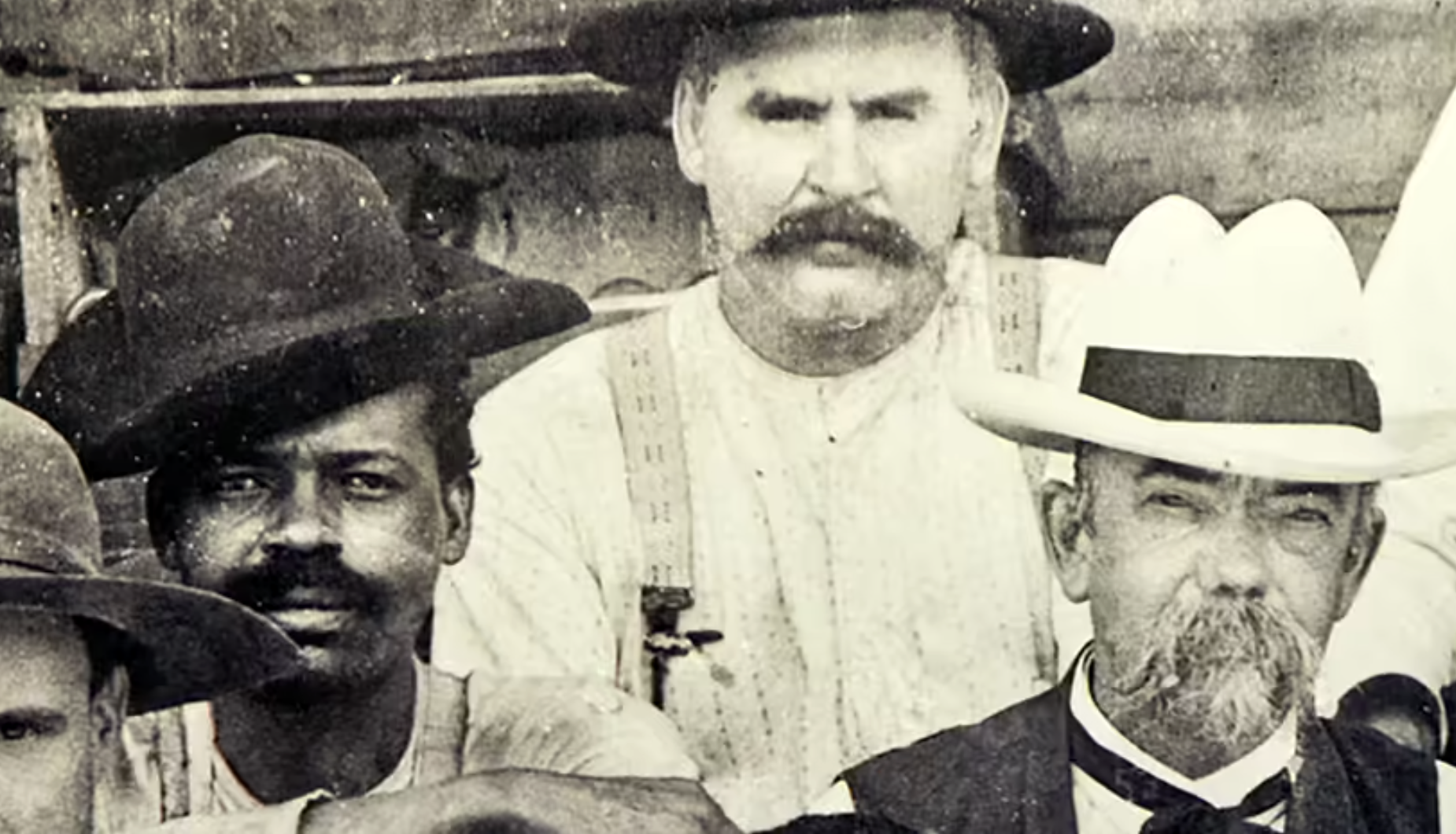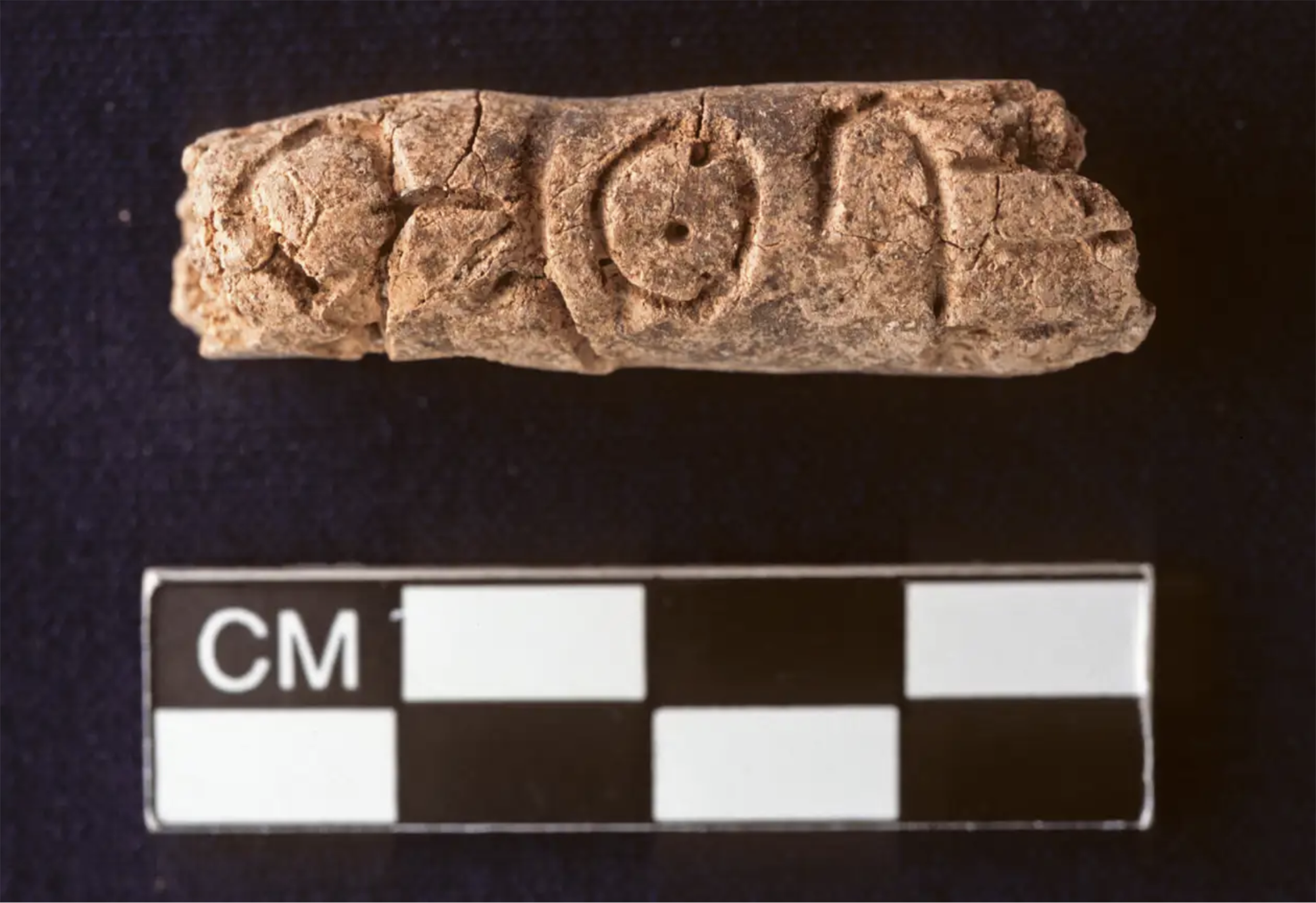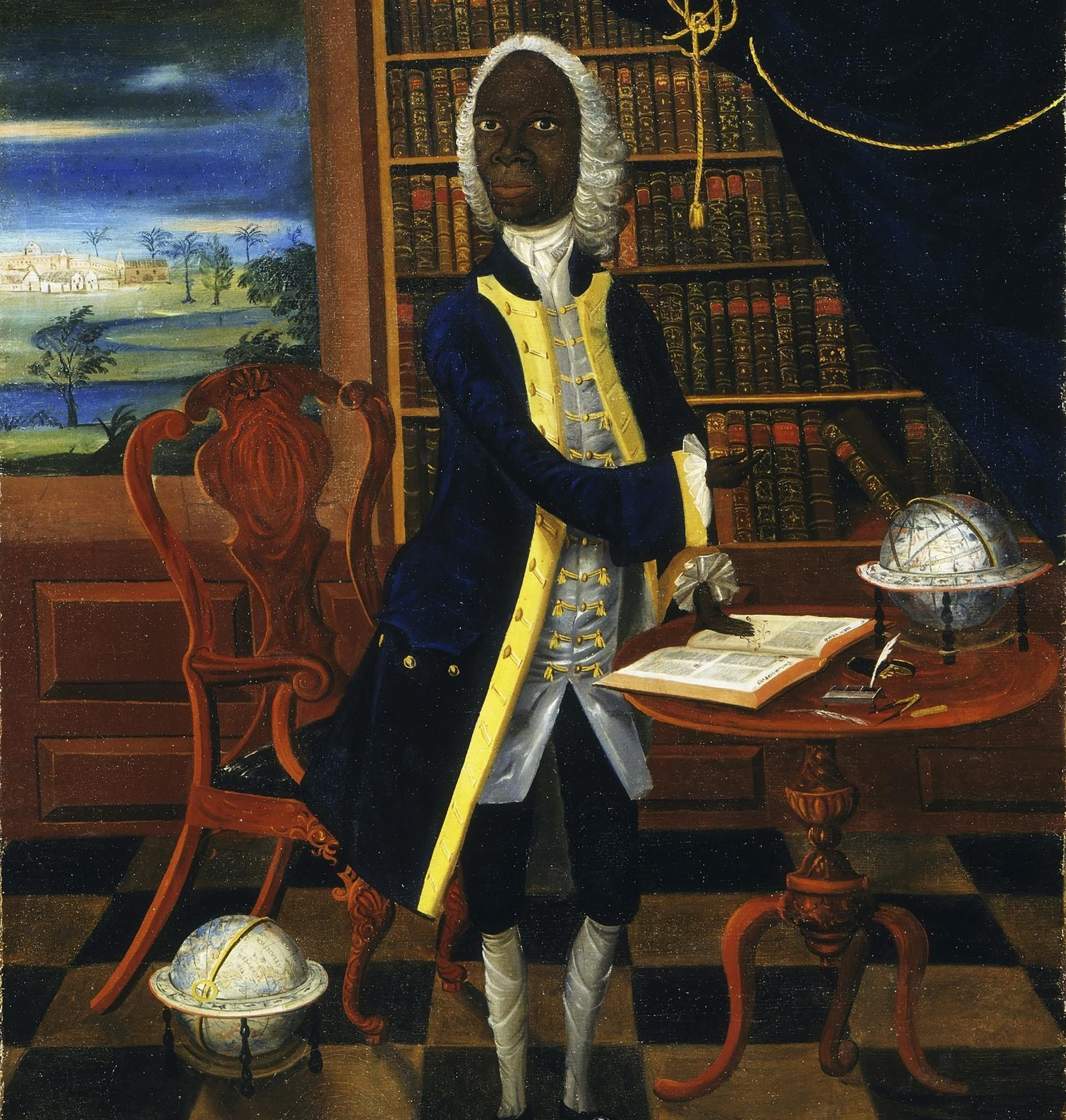Two monks, two silkworms and two empires
- China, 4,700 years ago. Princess Si-Ling Chi fell a hot tea silkworm and discovered the silk making process. This legend of Confucius reveals that in China silk production began in ancient times and that for centuries they would keep secret.

By the middle of the 6th century, Europe was one of the most appreciated silk products, demand continued to grow and the silk market, in addition to enriching producers, provided many benefits to intermediaries operating on the Silk Road. Justinian I, the Byzantine emperor, wanted some of his benefits, so he sent two monks to China in search of the silk secret.
Two Christian monks, sent for industrial espionage after two years of long and painful journey, returned to the empire with the mission accomplished. Two worms were stolen and taken hidden in a reed to court. Other versions indicate that there were more stolen worms that were kept on other objects. The legends managed to steal the legend, the secret and began producing silk in Bizantzio, taking advantage of the great growth of the chamomile in the present Lebanon and Syria; in addition to the silkworms, the moreros are essential for the fabrication of silk fabrics.
Bizantzio and Persia faced between 564 and 642 years. The two adjacent empires were expanding and the shock was inevitable
The Silk Road would be one of the main commercial routes for almost a thousand years before its decline. In addition to fabrics, many other goods were brought from Asia to Europe. But in the middle of the 6th century, when the Byzantine government began to control its own silk production, Chinese silk exports decreased significantly. And with this, the activity and profits of Persian traders also decreased.
Bizantzio and Persia faced between 564 and 642 years. The two adjacent empires were expanding and the clash was inevitable. When Justinian came to power, he took a series of measures to strengthen the economy and, consequently, the army, and the Persian Khosrow I also brought a bonanza to his empire. Three years before the outbreak of war, in 561 they had both signed peace and apparently set and assumed the borders between the empire.
Many were the factors that influenced this conflict, but, among others, those small worms stolen by two nuns and that great secret gave some and others the means to defeat the war between the two empires.
Japan, 8th century. In the middle of the Nara Era they began to use the term furoshiki, but until the Edo Era (XVII-XIX. the 20th century) did not spread. Furoshiki is the art of collecting objects in ovens, but its etymology makes its origin clear: furo means bath and shiki... [+]
In an Egyptian mummy of 3,300 years ago, traces of Yersinia pestis, the bacterium that caused the Justinian plague in the 6th century and the Black Plague in the 14th century, have just been found.
Experts until now believed that at that time the plague had spread only in... [+]
Greenland, the end of the 10th century. The first Scandinavian explorers and settlers arrived on the island. But by the 15th century these settlements had been abandoned and the original Inuit remained. But in 1721, the missionary Hans Egede organized an expedition and the... [+]
In 2017, Indonesia and the Netherlands signed an agreement to return the heritage stolen by the European country because of colonialism for three centuries. The Indonesian responsible for the return process, Gusti Agung Wesaka Puja, explained that this agreement "was important in... [+]
Greece 1975. The country began the year as a republic, three weeks earlier, in the referendum on 8 December 1974, after the citizens decided on the end of the monarchy.
A decade earlier, in 1964, when King Paul I died, his son Constantine took the throne at the age of 23.
But... [+]
Copenhagen, 18 December 1974 At 12 noon a ferry arrived at the port, from where a group of about 100 Santa Claus landed. They brought a gigantic geese with them. The idea was to make a kind of “Trojan Goose” and, upon reaching the city, to pull the white beard costumes... [+]
Tennessee (United States), 1820. The slave Nathan Green is born, known as Nearest Uncle or Nearest Uncle. We do not know exactly when he was born and, in general, we have very little data about him until 1863, when he achieved emancipation. We know that in the late 1850s Dan... [+]
New York, 1960. At a UN meeting, Nigeria’s Foreign Minister and UN ambassador Jaja Wachucu slept. Nigeria had just achieved independence on 1 October. Therefore, Wachuku became the first UN representative in Nigeria and had just taken office.
In contradiction to the... [+]
Researchers at Johns Hopkins University have discovered several cylinders with inscriptions at the present Syrian Reservoir, the Tell Umm-el Marra. Experts believe that the signs written in these pieces of clay can be alphabetical.
In the 15th century a. The cylinders have... [+]
London 1928. At the Victoria and Albert Museum there was a very special painting: in the painting there is a black man, with wig and Levite, surrounded by books and scientific instruments. Thus it was catalogued in the Museum: “Unique satirical portrait representing a failed... [+]
Ethiopia, 24 November 1974. Lucy's skeleton was found in Hadar, one of the oldest traces of human ancestors. The Australian hominid of Australopithecus afarensis is between 3.2 and 3.5 million years old.
So they considered it the ancestor of species, the mother of all of us. In... [+]
A group of archaeologists from the University of Berkeley, California, USA. That is, men didn't launch the lances to hunt mammoths and other great mammals. That was the most widespread hypothesis so far, the technique we've seen in movies, video games ...
But the study, published... [+]
Zamora, late 10th century. On the banks of the Douro River and outside the city walls the church of Santiago de los Caballeros was built. The inside capitals of the church depict varied scenes with sexual content: an orgy, a naked woman holding the penis of a man… in the... [+]
Born 7 November 1924. A group of anarchists broke into Bera this morning to protest against the dictatorship of Primo de Rivera and to begin the revolution in the Spanish state.
Last October, the composition of the Central Board was announced between the displaced from Spain... [+]

























